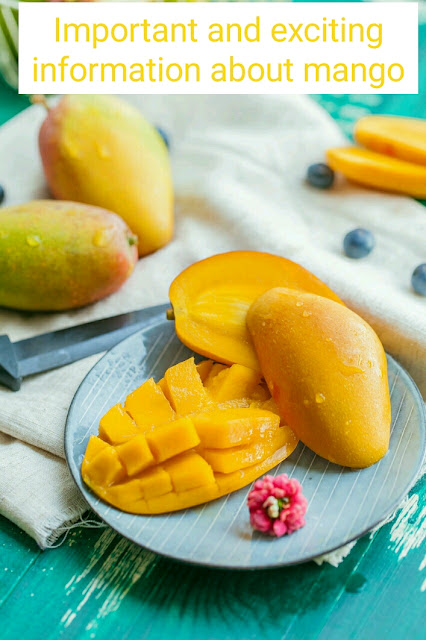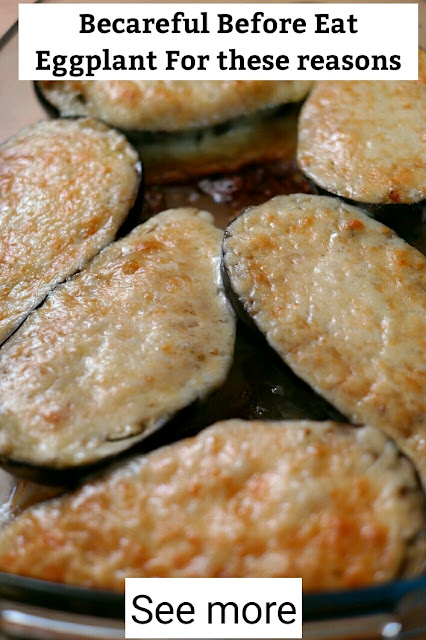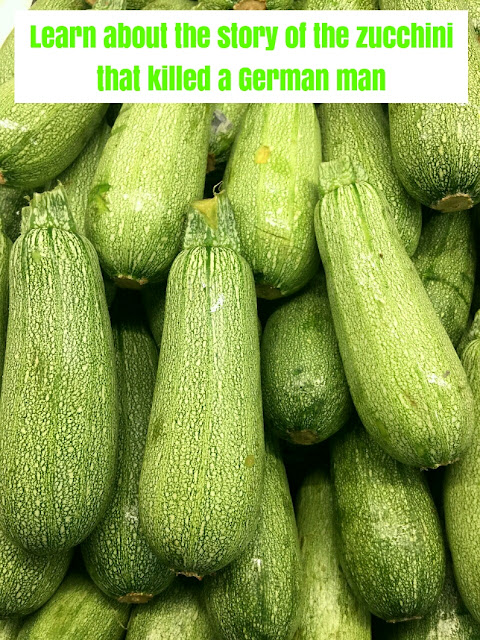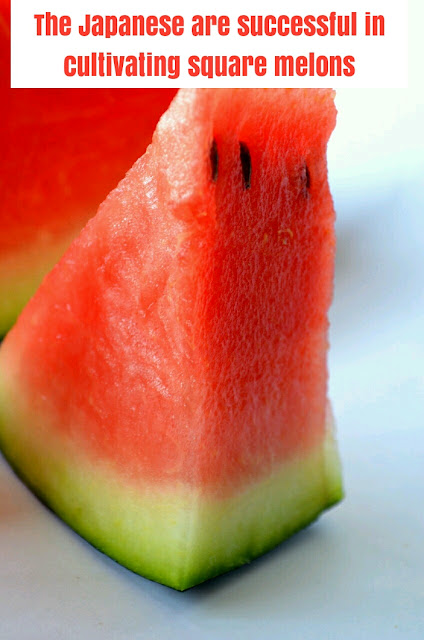Mango
Potential for contact dermatitisEdit
Contact with oils in mango leaves, stems, sap, and skin can cause dermatitisand anaphylaxis in susceptible individuals Those with a history of contact dermatitis induced by urushiol an allergen found in poison ivy, poison oak, or poison sumac may be most at risk for mango contact dermatitis Cross-reactions may occur between mango allergens and urushiol During the primary ripening season of mangoes, contact with mango plant parts is the most common cause of plant dermatitis in Hawaii However, sensitized individuals are still able to safely eat peeled mangos or drink mango juice.
Food
Mangoes are generally sweet, although the taste and texture of the flesh varies across cultivars; some have a soft, pulpy texture similar to an overripe plum, while others are firmer, like a cantaloupe or avocado, and some may have a fibrous texture. The skin of unripe, pickled, or cooked mango can be consumed, but has the potential to cause contact dermatitis of the lips, gingiva, or tongue in susceptible people.
Cuisine
Mangoes are widely used in cuisine. Sour, unripe mangoes are used in chutneys, athanu, pickles side dishes, or may be eaten raw with salt, chili, or soy sauce. A summer drink called aam panna comes from mangoes. Mango pulp made into jelly or cooked with red gram dhal and green chillies may be served with cooked rice. Mango lassi is popular throughout South Asia, prepared by mixing ripe mangoes or mango pulp with buttermilk and sugar. Ripe mangoes are also used to make curries. Aamras is a popular thick juice made of mangoes with sugar or milk, and is consumed with chapatis or pooris. The pulp from ripe mangoes is also used to make jam called mangada. Andhra aavakaaya is a pickle made from raw, unripe, pulpy, and sour mango, mixed with chili powder, fenugreek seeds, mustard powder, salt, and groundnut oil. Mango is also used in Andhra Pradeshto make dahl preparations. Gujaratis use mango to make chunda a spicy, grated mango delicacy Mangoes are used to make murabba fruit preserves muramba a sweet, grated mango delicacy amchur dried and powdered unripe mango and pickles, including a spicy mustard-oil pickle and alcohol. Ripe mangoes are often cut into thin layers, desiccated, folded, and then cut. These bars are similar to dried guava fruit bars available in some countries. The fruit is also added to cereal products such as muesli and oat granola. Mangoes are often prepared charred in Hawaii.Unripe mango may be eaten with bagoong especially in the Philippines fish sauce, vinegar, soy sauce, or with dash of salt plain or spicy Dried strips of sweet, ripe mango sometimes combined with seedless tamarind to form mangorind are also popular. Mangoes may be used to make juices, mango nectar, and as a flavoring and major ingredient in ice cream and sorbetes.Mango is used to make juices, smoothies, ice cream, fruit bars, raspados, aguas frescas, pies, and sweet chili sauce, or mixed with chamoy, a sweet and spicy chili paste. It is popular on a stick dipped in hot chili powder and salt or as a main ingredient in fresh fruit combinations. In Central America, mango is either eaten green mixed with salt, vinegar, black pepper, and hot sauce, or ripe in various forms. Toasted and ground pumpkin seed pepita with lime and salt are eaten with green mangos Pieces of mango can be mashed and used as a topping on ice cream or blended with milk and ice as milkshakes. Sweet glutinous rice is flavored with coconut, then served with sliced mango as a dessert. In other parts of Southeast Asia, mangoes are pickled with fish sauce and rice vinegar. Green mangoes can be used in mango salad with fish sauce and dried shrimp. Mango with condensed milk may be used as a topping for shaved ice.









Comments